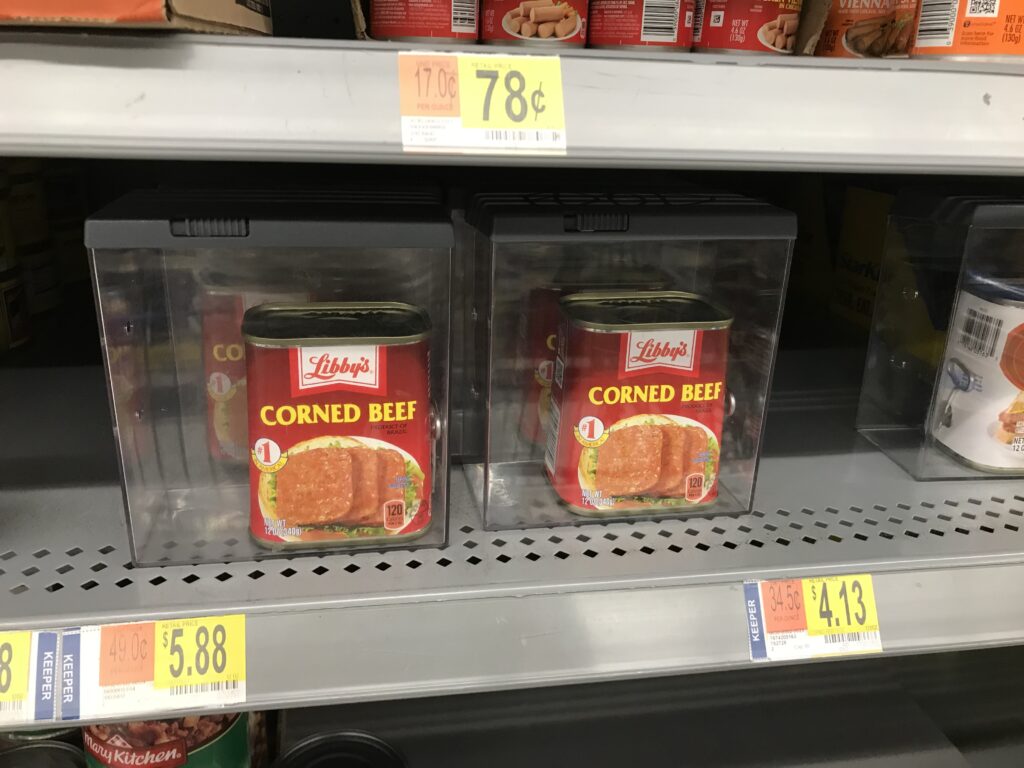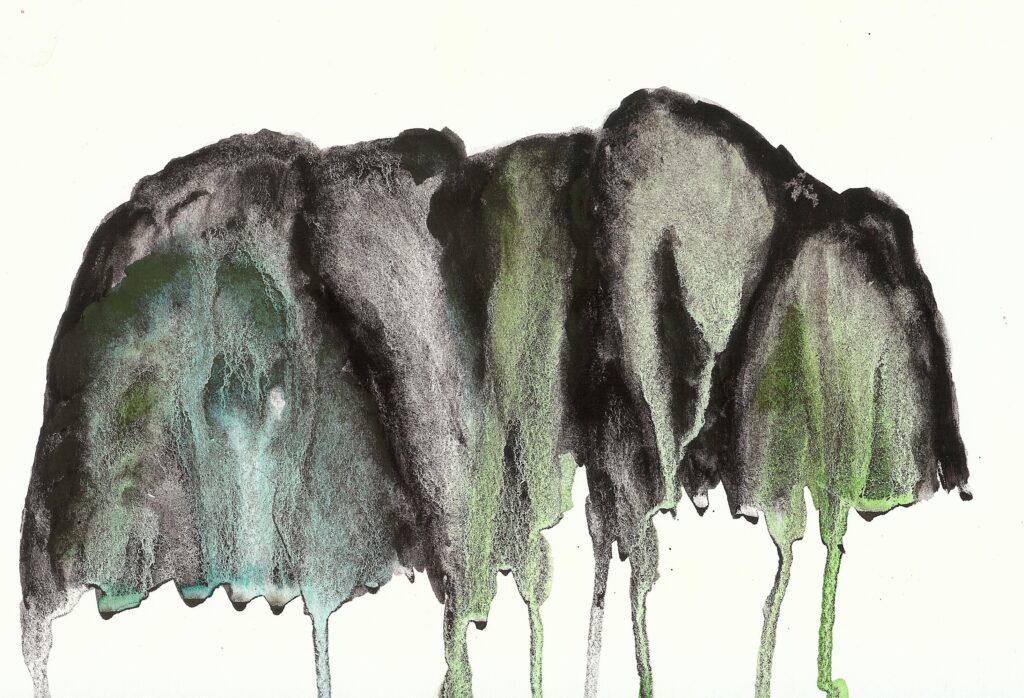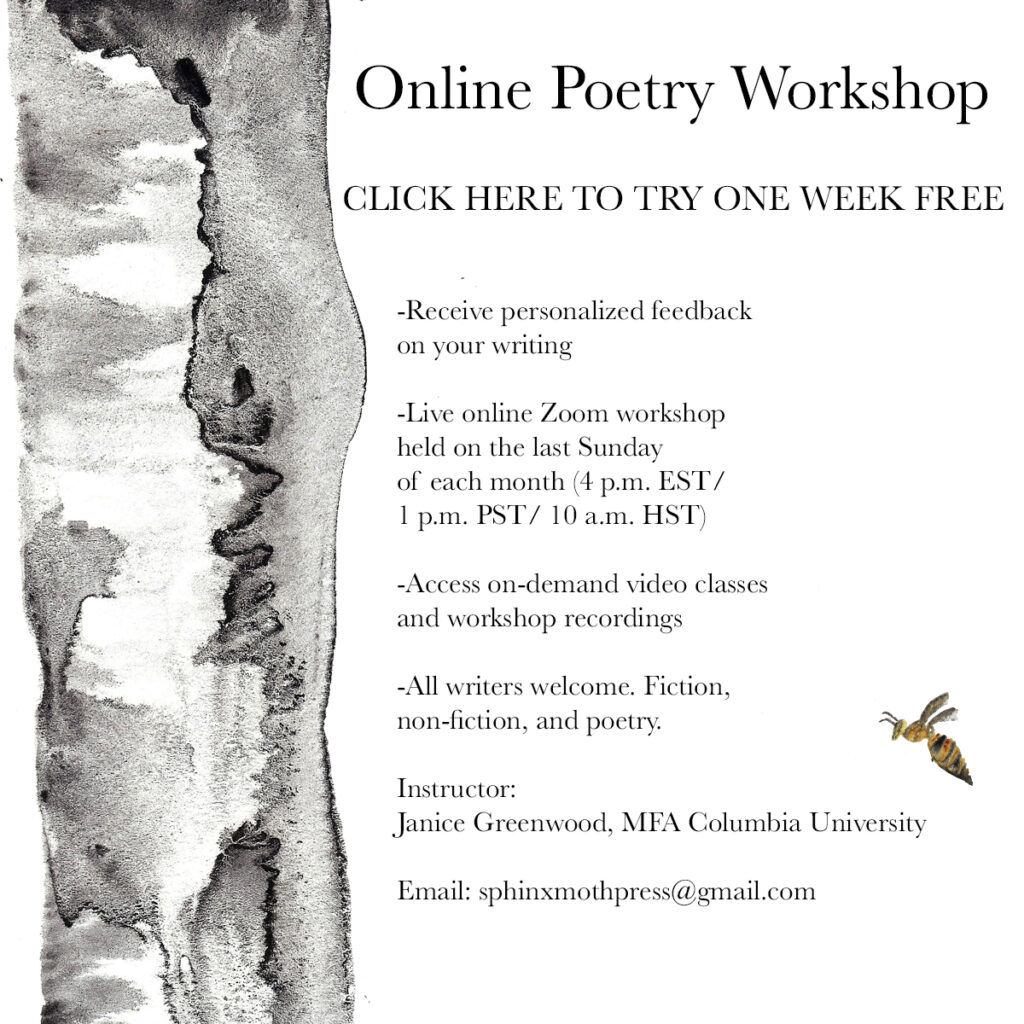If you want to forage for food in Honolulu, Hawai’i, you don’t have to go far. Just take a walk through the Diamond Head neighborhood, bring a bag, and knock on people’s doors. A short stroll will reveal fruit rotting on the ground.
I moved to Hawaii from Brooklyn because I wanted to feed myself. I had this image that I’d move to Waikiki, learn to spearfish, and maybe join a community garden on Diamond Head. The reality of living in Hawai’i was far more complex. Food is expensive. Waikiki is far noisier than my old Brooklyn neighborhood of Park Slope. Most of the food is shipped in from the mainland, meaning that much of the food I ate on the island had a far higher carbon footprint than anything I would have ever purchased back in Brooklyn. In fact, Hawai’i tops all the states for food insecurity. The community gardens are grandfathered in and it’s likely you’ll be on the waiting list for years before you get one. I’m still trying to learn how to spearfish; when it comes to diving, the holding-your-breath-under-water part is very important if you want to be able to stay down there long enough to catch anything. I also don’t like killing animals, so a spearfishing career seems unlikely. It’s a great irony that a land that could potentially be among the most fertile in the country doesn’t have a market for local growers. The reasons for this are complex and have to do with monoculture, supply chain logistics (you know, the same supply chain that sends wild salmon caught near Seattle to China for packaging and then back again to Seattle) the rise of cheaper places to produce pineapples, and colonialism. You can also read about the problem more in-depth in Mark Bittman’s new book, Animal, Vegetable, Junk.
One of the reasons I moved to O’ahu, Hawai’i stemmed from a desire to gain a closer connection to the food I ate. Living in Brooklyn, where the food I purchased came from a grocery store or from the overpriced Grand Army Plaza Greenmarket, I longed to eat food I had gathered, grown, or caught myself. As a freelance writer, I was fortunate to be able to choose where I wanted to live (this was before the era of COVID-19’s work-from-home revolution).
I chose to move to Hawai’i. My reasons for this choice are at once mysterious to me (I felt called to the islands), and also practical.
My parents lived in Portland, Oregon, and Hawai’i would put me (relatively) closer to family, or at least no further than I already was. I loved surfing and sunshine. I loved being outside. I surfed in the winters in New York, but I’d gotten frostbite several times and knew that wearing a five-millimeter wetsuit wasn’t going to be sustainable in the long-run. And I believed that Hawai’i would be the perfect place to lower my carbon footprint, a place where I could buy local food and eat food produced closer to home.
When I moved to Hawai’i from Brooklyn, the romantic notion that I’d find local food in every grocery store and farmer’s market was quickly squashed. I’d inadvertently and somewhat ironically moved to the least “green” place I could move. The U.S. Department of Agriculture notes that Hawai’i imports approximately 92% of its food. Take Part notes that this costs Hawai’i $3 billion each year. The environmental and financial costs of shipping more than 90% of your food thousands of miles to the most remote island chain on earth are immense. Before moving to Hawai’i I thought my food costs in Manhattan and Brooklyn immense. Food costs almost double in Hawai’i. The average cost of a quart of milk is close to $4.00 and sometimes more. Spam has to be put in special lock boxes as if it were an electronic device; it gets the same security treatment that iPhones and video games get in other parts of the world.

The farmer’s markets around Honolulu seemed designed mostly to cater to tourists. The largest one closest one to my home, the KCC Farmer’s Market, was a bustling delight, where the aroma of fresh-cooked fish and pork filled the air. But the prices were high, and tailored to the tourist economy. I could buy lemonade produced from local lemons for almost $10 a glass. I could buy a locally produced bar of chocolate for about the same price. There were a few local farmers selling produce here and there, but most of the wares available were prepared foods and jars of honey. When I talked to the farmers, they told me it was almost not even worth it to make the drive to the market. When I went to Whole Foods to find alternatives, there weren’t many affordable local options on the shelves. A local mango cost me $10. I was told to check out the Chinatown market. The food was definitely more affordable in that gritty neighborhood of Honolulu, but there wasn’t a great deal of clarity about which vegetables and fruits were produced locally and which had come in on the latest shipping container from the mainland.
Over time, I found solutions that allowed me to eat locally at a (somewhat) sustainable cost, but it required some gymnastics, and a whole lot of driving. In order to eat a locally-produced lunch and breakfast (I’d given up on dinner), I purchased local bananas and eggs at the farmer’s market, and froze the bananas for a week. (The best buy at the KCC Farmer’s Market was the local eggs (the woman who sold them was my hero).) Sadly, since the pandemic, I haven’t seen the egg lady return to the farmers’ market, though the eggs can be bought at the Eggs Hawaii store. Times, a local grocery store, stocked local coconut milk, and I loaded up on cans. If I went to Costco, I could buy local granola in bulk. (I think I should note that it wasn’t clear from the packaging of the local granola whether the nuts were all local or whether the granola was made on island, but I figured the macadamia nuts in the mix had to be local, so it counted). With these ingredients supplemented by fresh fruit I found at the farmer’s market, I could make a nice breakfast bowl. Fortunately, fresh poke was available in abundance if I was willing to pay the “fresh” premium for ahi (in O’ahu, you can buy fresh or pre-frozen, and fresh poke costs double pre-frozen).
Still, the whole process was unsatisfying. Instead of buying local food from farmers, I found myself driving around town just to get the best deal on food to cut costs. I also found myself shopping at Costco for the first time in my life. Since moving to Hawai’i, I had to double my food budget from what I’d spent in New York. Instead of feeling connected to the planet, I felt more disconnected and alarmed to think that many of the staples I consumed had been brought in on shipping containers.
My boyfriend and I visited Hilo for the first-time last year. The Hilo’s farmers market was a carnival of abundance. For $20, we could buy enough fresh and local food to last us a week. Later our Hilo grocery bill increased to $30 because I splurged on some local goat cheese. I’ve since made friends who are deeply involved in local agriculture in Hawai’i. The truth is that in Hawai’i eating local isn’t just a trend, it is part of a government plan to keep Hawai’i sustainable and food secure in the coming years. Relying on a barge to bring in 90% of your food is not a viable long-term plan. The global supply chain disruptions that took place due to COVID-19, highlighted critically how dependent Honolulu is on those barges, and the empty shelves in our grocery stores at the height of the pandemic attest to this.
Ancient Hawaiians were able to feed their entire populations for hundreds of years without reliance on imports. When the Polynesians traveled to Hawai’i in their canoes, they brought several staple plants with them. Some of these staple plants include foods like breadfruit, a beautiful tree that can grow in food forests. Hawaiian farmers captured water from the mountains using a rock irrigation system called lo’i. If you go to the Hawai’i Nature Center in O’ahu you can see a model for how ancient Hawaiians farmed the land and see remnants of the old irrigation system.

As I learned more about how ancient Hawaiians harvested from the forest, I started to see other possibilities for how I might connect with the land, and find local, and inexpensive (read, free)—food. I started foraging for food in Hawai’i because I was fed up with being fed crap. I was fed up with paying double the price for food with a high carbon footprint, when there was food literally rotting on the trees and on the ground in virtually every neighborhood in Honolulu. My boyfriend and I started taking longer hikes in the woods near areas known to be ancient food forests. We have since discovered an entire avocado forest. Just last weekend we harvested 15 avocados with hundreds more waiting on the mountains to be picked. While hiking, we also found a fallen bee hive and were able to harvest the wax. We found guava trees.
Urban foraging isn’t going to solve our food problem, but I found it a wonderful way to connect with the land, to think more rigorously about my food, and to begin to learn more about local plants.
Since the pandemic, the government and local people have seen how vulnerable Hawai’i is. We live at the whim of the global supply chain. As a result, farmers, government, and interested citizens have joined forces to try to find solutions to make Hawai’i more food secure and resilient. There is hope. And when I feel hopeless, I go hiking and look for avocados and guavas.

About the Writer
Janice Greenwood is a writer, surfer, and poet. She holds an M.F.A. in poetry and creative writing from Columbia University.
